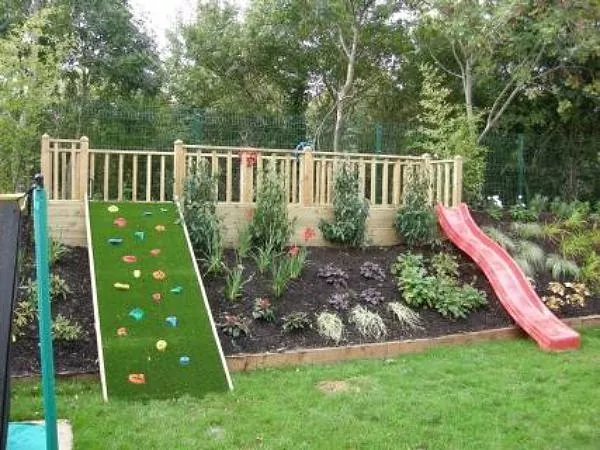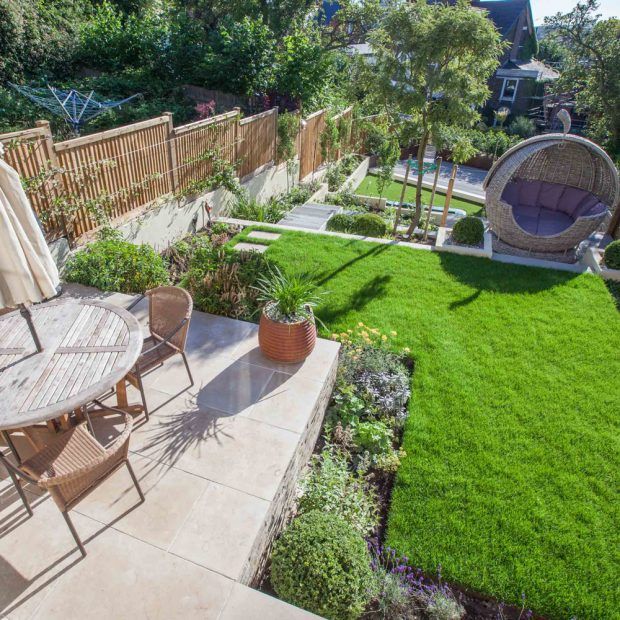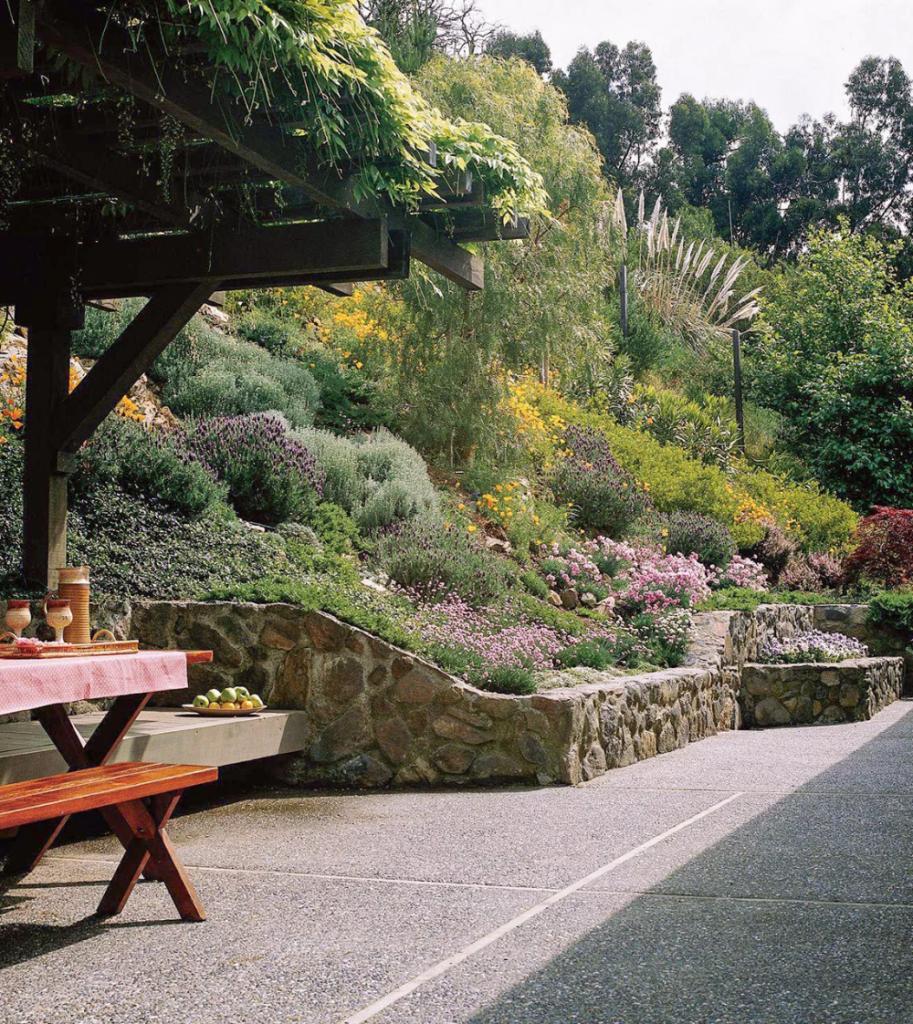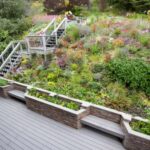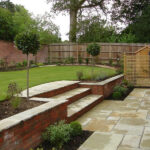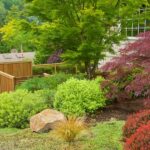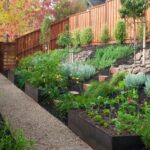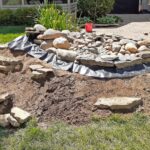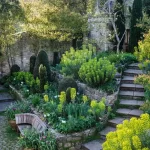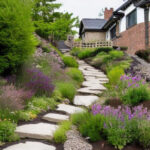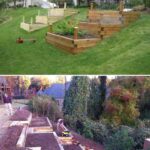Gardens are a wonderful way to enhance the beauty and functionality of outdoor spaces. However, designing a garden on a sloped terrain can be a daunting task. Sloped gardens offer unique challenges and opportunities for garden design that differ from flat ground landscapes. With careful planning and creative solutions, a sloped garden can be transformed into a stunning and functional outdoor space.
One of the key considerations when designing a garden on a slope is drainage. Sloped terrains can pose drainage issues, as water tends to run downhill and can cause erosion and pooling. To address this, proper drainage systems such as terracing, retaining walls, and French drains can be installed to prevent water from flowing unchecked. Additionally, plants that are well-suited to wet or dry conditions can be selected to mitigate drainage issues and thrive in the sloped environment.
Terracing is a popular technique for creating level areas on sloped terrains and is an effective way to incorporate planting beds, seating areas, and pathways into a sloped garden. Terracing involves creating flat platforms or steps along the slope by building retaining walls or using natural materials such as rocks or logs. This not only helps to prevent erosion but also provides visual interest and creates distinct areas within the garden for different purposes.
Plant selection is another important consideration when designing a garden on a slope. Plants that are native to the region, drought-tolerant, and suitable for the specific conditions of the slope should be chosen to ensure they thrive and require minimal maintenance. Additionally, selecting plants with varying heights, colors, and textures can create visual interest and add depth to the garden design. Groundcovers and low-growing plants can be used to stabilize the soil and prevent erosion, while taller plants and trees can provide shade and privacy.
Incorporating hardscaping elements such as pathways, stairs, and seating areas can help to connect different parts of the sloped garden and make it more accessible and user-friendly. Stone, pavers, and gravel are commonly used materials for creating pathways and patios on sloped terrains. Adding steps or inclines can also make navigating the garden easier and safer for visitors. Additionally, creating seating areas or outdoor rooms at different levels can take advantage of the views and create cozy spaces for relaxation and entertainment.
Finally, lighting is an important factor to consider when designing a garden on a slope. Proper lighting can enhance the beauty of the garden at night and create a safe and inviting atmosphere. Pathway lights, spotlights, and uplights can be strategically placed to highlight architectural features, plants, and other elements of the garden. Additionally, incorporating fire features such as fire pits or torches can add warmth and ambiance to the space. By carefully planning the design and selecting the right plants and materials, a sloped garden can be transformed into a stunning and functional outdoor retreat.
 yishifashion Where Outdoor Dreams Become Reality
yishifashion Where Outdoor Dreams Become Reality
